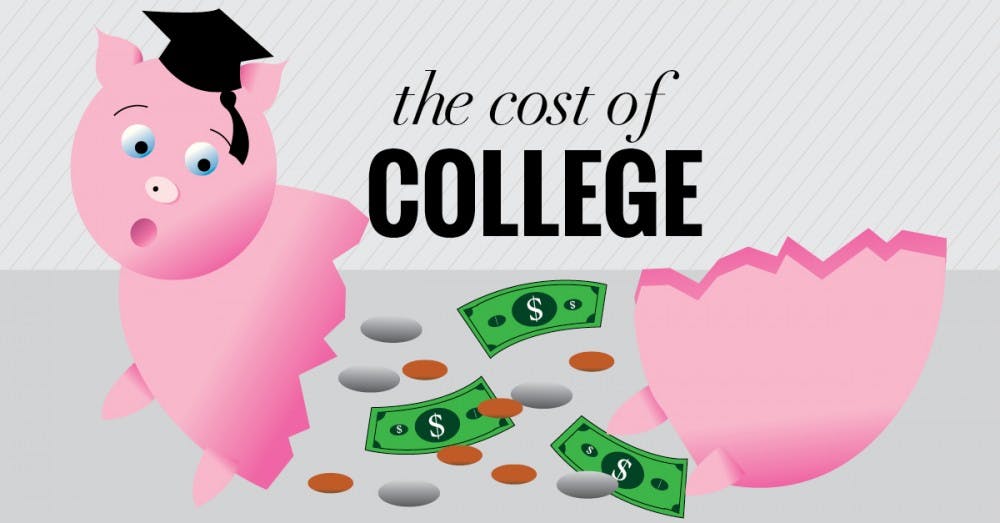It’s no secret that secondary education is expensive. More than half of students today think they aren’t getting the most bang for their buck, according to a Pew Research study. Millennials find themselves facing a choice: to spend the money to pay for university, to take the financial aid, or to immediately enter the workforce after high school.
Student debt among families is rising, as fifteen percent of families in 2007 had outstanding loan obligations, according to Pew Research Center. Compare that to nine percent in 1989. Out of those families, the average amount owed in 2007 was $21,500 whereas in 1989 it was $8,700. With the extra cost a consideration, parents and their children are looking for ways in which they can share the burden of college.
Many Millennials reached their teens or early adulthood by the time the Great Recession hit in 2008. Millennials were raised watching their parents’ financial positions change. According to statistics from Bank of America, 58 percent of Millennials say that the recession had a direct impact on their families’ finances. Bank of America also states that about two-thirds, 68 percent, of Millennials say that they now have some form of savings because of the recession. While parents were struggling to make ends meet, their children were watching and learning.
The financing of a college education is possibly the most important aspect to consider, especially with many students, and sometimes their parents, winding up in debt after the degree is in the student’s hands. There are multiple financial factors at play, such as tuition, room and board, books, transportation costs, and personal expenses. The average student spends $1,146 on books per year at college, according to The College Board, and upwards of $3,242 on personal expenses and transportation.
Just below The College Board’s $18,943 price tag for in-state public university education, the starting rate for an Indiana resident at Ball State is $18,058, according to the Financial Aid Playbook given to freshmen at orientation. After four years, not counting the changing rates of tuition and extra expenses based on each student’s major and room and board, a graduate should pay around a total of $100,000, without financial aid or scholarships.
In the United States, a student accumulates an average college loan debt of $33,000, according to an analysis done by Mark Kantrowitz, publisher at Edvisors, a website that helps students plan and pay for college. Without a steady, well-paid career, Millennials can be stuck in debt for the majority of their lives.
Take for instance, a student who majors in audio visual tech graduates with the average debt that has been calculated, $33,000. According to salary.com, a website designed to assist individuals on salary rates, the national average an entry level AV technician makes is $48,507 a year. However, since this is the average, 50 percent of AV techs make less than that. Food, daily life necessities, rent, and other life factors added on top of a loan payment each month is a strain on young adults fresh out of college.
To continue reading, visit BallBearings.com





